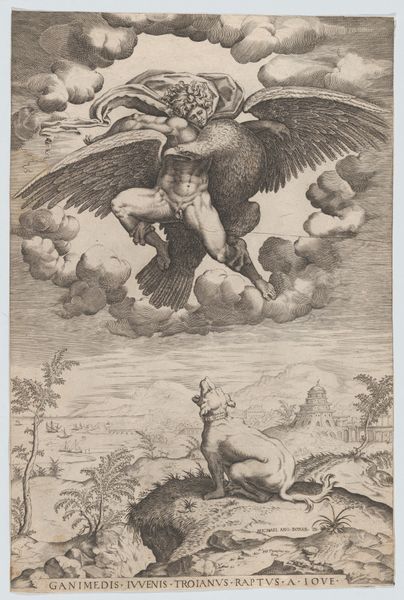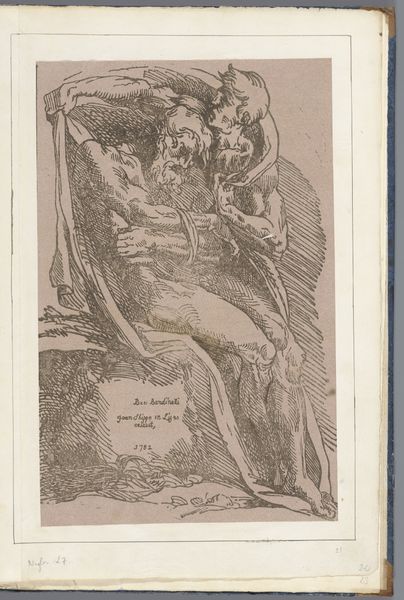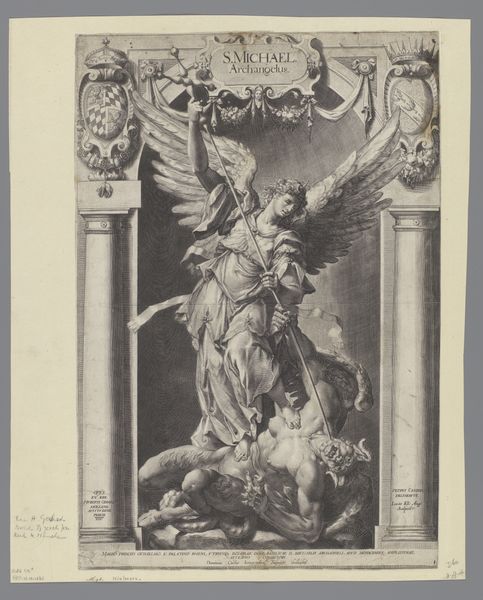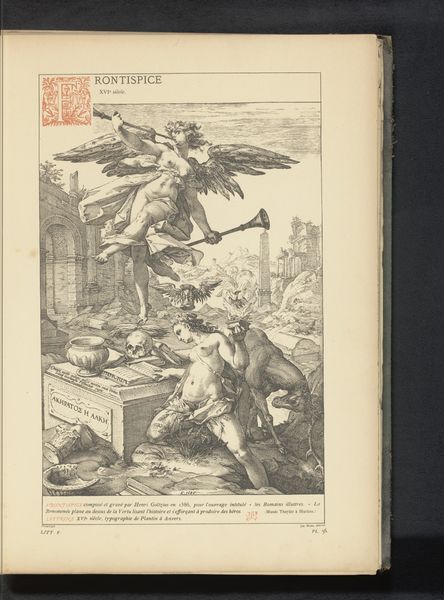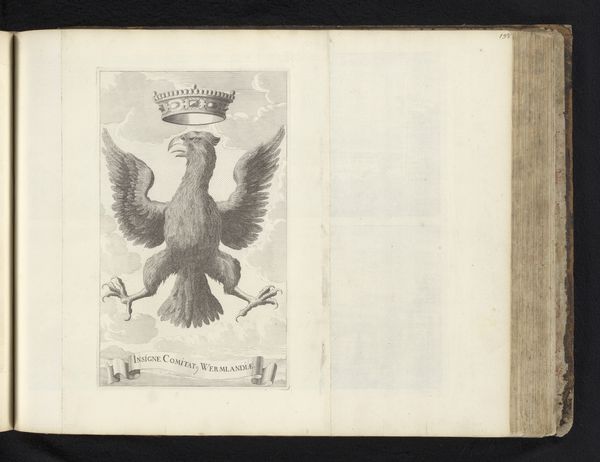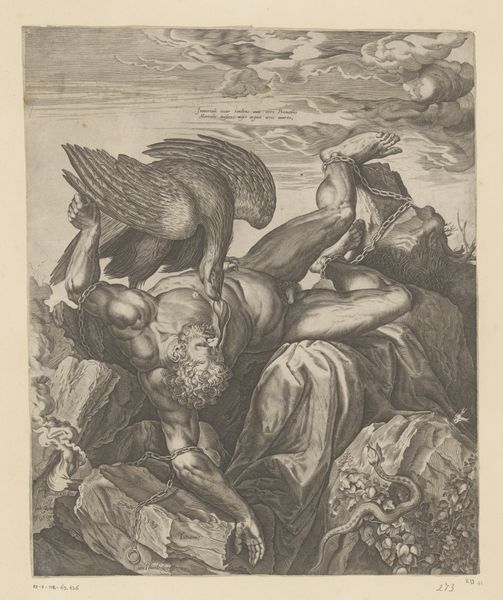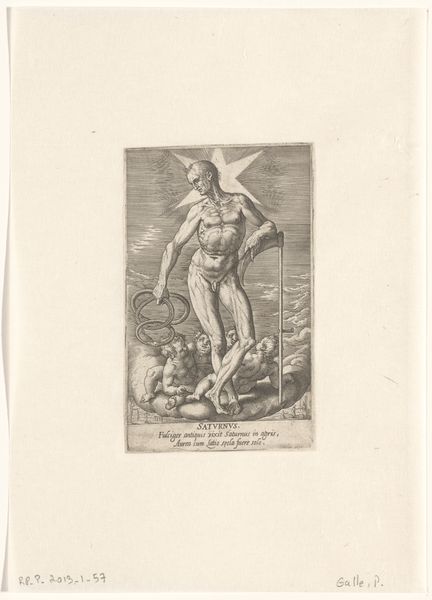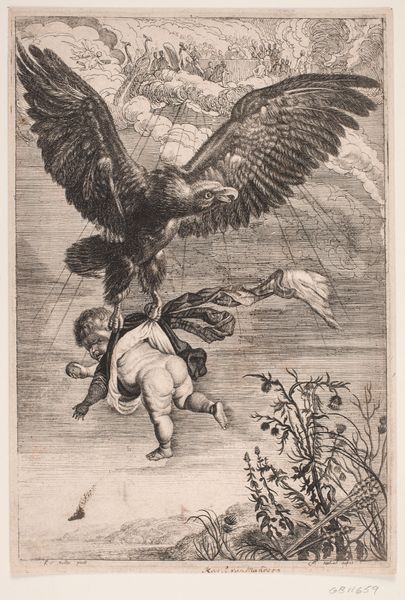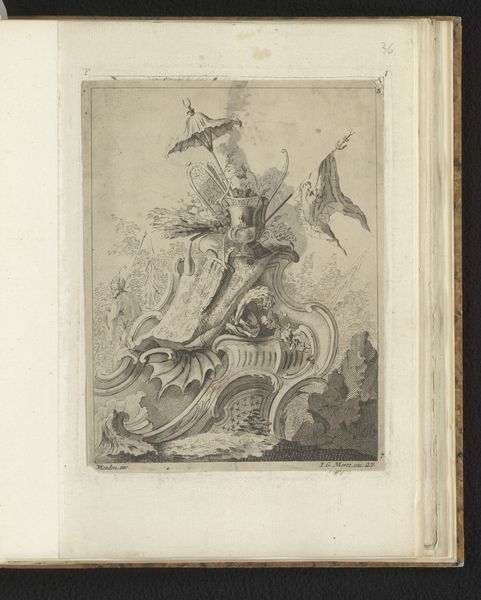
print, engraving
#
allegory
#
baroque
# print
#
figuration
#
engraving
Dimensions: height 239 mm, width 170 mm
Copyright: Rijks Museum: Open Domain
This print, made by Jean Lepautre, presents the coat of arms for the Swedish province of Södermanland. It was crafted using engraving, a printmaking technique that demands meticulous skill. Lepautre would have used a tool called a burin to carve lines directly into a metal plate, likely copper. The incised lines hold ink, which is then transferred to paper under high pressure. The crisp, precise lines and fine details you see are characteristic of this process. Engraving was a key technology for disseminating images and information in the early modern period. Prints like this one served practical purposes, from heraldry to book illustration, but they also involved highly skilled labor. The engraver's artistry lies in their ability to translate an image into a language of line, and the material qualities of the print – its texture and tone – are a direct result of this process. Considering prints like this, we can appreciate the artistry involved, and the crucial role they played in shaping visual culture. By looking closely at the materials and the making, we gain a richer understanding of their historical significance.
Comments
No comments
Be the first to comment and join the conversation on the ultimate creative platform.
